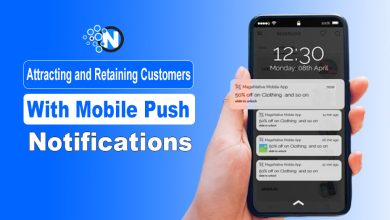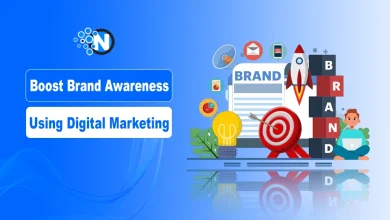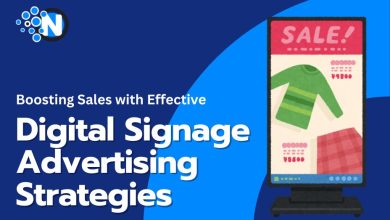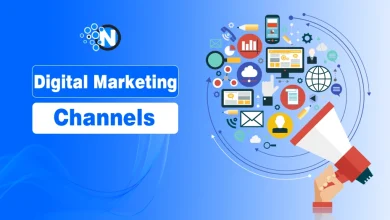3 Ways to Elevate Your Paid Media Campaign
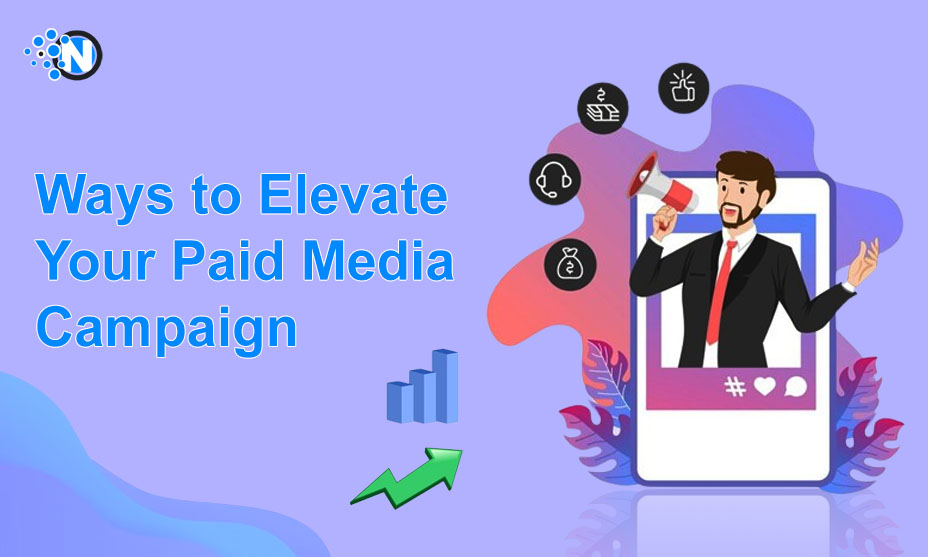
Getting your brand in front of your desired audience is important. But getting your brand to them at the right time is key to long term success. Consumers are bombarded every day with companies trying to capture their attention. They see billboards and hear advertisements while commuting and sort through brand promotions and sales in their email inboxes. At home, they see commercials while streaming their favorite show and come across influencer partnerships via social media.
The number of marketing channels and advertising platforms available today can be advantageous to brands. However, it can create a sense of overwhelm and indecisiveness for consumers. That’s why creating a compelling digital media campaign is so important. This undertaking shouldn’t be taken lightly, as it requires a lot of time and attention from you and your team. That said, it’s an efficient way to get the right message to your ideal consumer.
If you’re looking to elevate your paid media campaign and take it to the next level, read on. Below are three tactics to help you get there.
1. Integrate Your SEO and Paid Strategies
SEO and paid search are two different approaches to driving traffic. As a refresher, SEO, or search engine optimization, uses unpaid efforts to bring searchers to your company site. This may include everything from creating new blog content to capitalizing on organic search terms. Alternatively, paid search is when a brand pays to have their site at the top of the search engine page. Your site will be marked as “Ad” or “Sponsored” but with that, there’s a higher visibility of it on the page.
SEO and paid search strategies differ, but that doesn’t mean they should be thought about in their own silos. According to Hawke, they both are working with the same common goal: more site traffic. One of the best ways for these two strategies to work integratively is via keyword research. The main purpose of keyword research is to optimize how users get to your site. With the right keywords, more users will land on your page as opposed to your competitors. A search for “how to lose weight” may be more advantageous from a traffic perspective than “best way to lose weight.”
Another way to integrate your SEO and paid strategies is through remarketing. Not every user who lands on your page organically will be a paid customer. As mentioned earlier, individuals are pulled in so many directions throughout the day and the choices for purchases are nearly endless. But by retargeting these individuals, you may have a higher chance of converting them from mere browsers to purchasers. This is because they already have an awareness about your brand and are therefore further along in the marketing funnel.

2. Adopt a Multi-Touch Attribution Model
Speaking of converting leads to sales, one size doesn’t fit all. Launching one ad type isn’t necessarily going to move the needle in the ways that you’re looking for. This is why adopting a multi-touch attribution model can be beneficial. This is a marketing tactic that takes all the consumer touchpoints into account.
The reason a multi-touch attribution model is successful is because of the consumer’s journey. It’s rare that an individual will see one ad and immediately purchase a product from your site. Rather, it’s a nonlinear journey from viewing your ad on social to noticing banner ads to receiving a discount to eventually making a purchase. You won’t know which touchpoint actually generated the most bang for its buck without a multi-touch point strategy.
If your advertising focuses heavily on social media, then you’ll definitely want to consider this strategy since it narrows down which of your campaign tactics is actually working. When adopting this strategy, it’s important to keep a close eye on the data. Utilizing a third party or ad agency to help you manage and monitor your campaign may be beneficial, especially if you’re launching a major campaign for the first time. When working with a third party or ad agency, ensure they provide you with detailed reports and transparent communication to track progress effectively.
3. Be Precise With Your Targeting
You’ve likely come across an advertisement and stopped because it wasn’t related to you and your lifestyle. Perhaps it was an ad on Facebook for a yoga studio that kept getting targeted to you although you weren’t in the brand’s geographic location. Or maybe you keep seeing something on social media that is intended for a much older audience. While the ad made you stop, it wasn’t for the reason the brand had hoped for.
Being precise with your targeting efforts will boost your ROI. An ad that goes to the wrong demographic is waste of money. Precision-based targeting starts with knowing your audience well. Hone in on your personification and think about what they do on an everyday basis, what goals they have, and the type of person they want to be. Think about where they are spending their time and how they are searching for brands.
Then, with this information in mind, use cross-channel analytics and campaign data to assess your campaign’s performance and make data-driven decisions for optimization. Look at your web traffic and sales to establish how customers are finding your site and when they are spending the most. From this, you can customize and tailor your campaign to ensure it reaches comparable high-value potential consumers in the market.
Takeaways
Building a paid media campaign isn’t something you can simply set and forget. In order to optimize the campaign, you want to be closely tied to how it’s performing. When you launch, check on it regularly to ensure your targeting is in place and it’s generating leads. Then, once you have some data to analyze, evaluate how it’s doing and finetune accordingly. Take these learnings into your next campaign and build off of them for the most favorable results. The digital landscape is constantly evolving, and it is important to stay adaptable and responsive is key to long-term success in paid media marketing.

